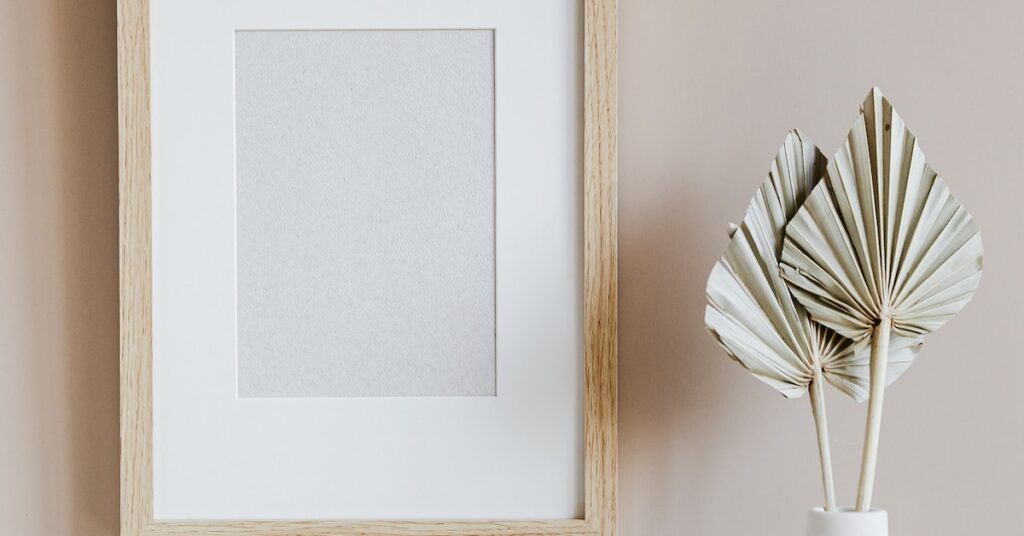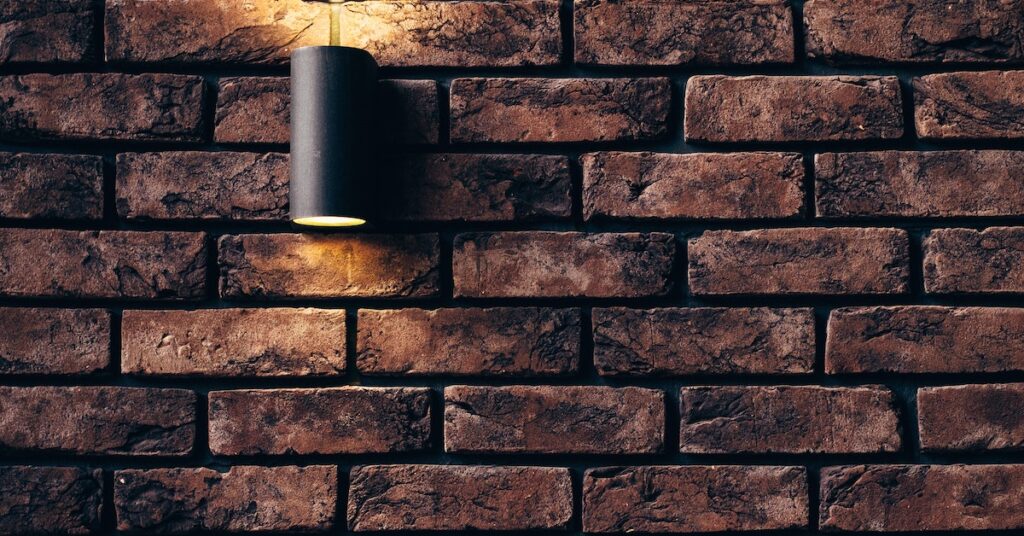Framing your work is a great way to display it and protect it from the elements. A quality frame adds both decorative value and protection, making displaying it much safer and easier. The perfect frame will integrate with its surroundings, but also set the piece apart from the rest. Here are the things you should look for when framing your art.
Custom framing
Custom framing is a great choice for preserving your prized artworks. It ensures archival quality and longevity by using archival materials and expert workmanship. Whether you need to protect artwork from ultraviolet rays or ensure it has minimal glare, custom framing is the perfect option.
There are many fine art framing services online. Most of these services offer a choice of five styles of frames. They can also create shadowboxes or stretch canvas inside a frame. The prices of custom framing vary greatly depending on the size of the art work.
Mats
When framing works of art, it’s crucial to choose the right mats. There are several factors to consider, such as the width of the artwork and the size of the frame. Generally, mats should be at least one-eighth of an inch larger than the artwork. Choosing the correct size mat is vital in ensuring that the work of art will lay flat and securely in its frame.
Fine art mats come in a variety of styles. The most common material for mats is cloth, but there are many other materials and textures available. You can even find mats with metallic, textured or patterned surfaces. You can also choose a mat made of rice paper.
When framing a work of art, the thickness of the mat is also crucial. A thin mat can add a decorative border, but it can also make the work look stuffed. A thick mat will enhance the artwork, but won’t overwhelm it. Mats can be bought at any art gallery and are available in a wide range of prices.
When selecting the right mats for your art work, consider the material and color. Some are acidic, while others are acid-free. If the work of art will be displayed for a long time, it’s important to choose a mat made of acid-free paper.
Non-glare glass
Non-glare glass is a popular choice for framing fine art because it provides protection from ultraviolet light and harmful pollutants. It comes with a thin coating that is nearly invisible and must be regularly cleaned with a soft cloth. You should clean the glass on a flat surface to prevent streaks and smudges.
Another option for framing fine art is museum glass. This glass is the most expensive, but it reduces reflections and creates a near-perfect finish. It is perfect for framing dimensional objects and those that are spaced from the glass. However, this type of glass is not ideal for framing fine detail pieces.
Another option for non-glare glass for fine art frams is Tru-Vue Anti-Reflective glass. It is a new type of glass that reduces reflection without compromising the sharpness of the image. This glass is also very expensive and requires special cleaning.
UV Non-Glare glass protects artwork from 99% of UV rays. UV rays cause many pieces of art to fade and become discolored over time. UV-protective acrylic can help preserve these framed memories for years to come. It is the preferred choice for original works of art, signed prints, and limited editions.
Non-glare glass is also important for preserving the originality of artwork. Regular glass tends to reflect light and dull the colors. Non-glare glass will help prevent this problem by scattering light.
Spacers
Spacers are essential when framing works of art. They prevent frames from buckling and avoid moisture and mold problems. They also prevent rubbing of the artwork, which can leave marks on the frame. There are several types of spacers available. Choosing the right type of spacer depends on the size of the artwork and how it will be displayed.
The most common type of spacer is a rectangular hollow tube. These are usually made of acid-free plastic. They do not harm artwork and are available in different PH neutral options. They can be stuck to the backing board. They also come with or without a matte, which adds a professional touch.
The color of the spacer should match the artwork. It should also match the back of the frame. Black spacers create a shadowy effect while white spacers allow light to enter the frame corners. To further protect your artwork, you can line the spacer with matboard or paper. However, this will add extra work and cost. EconoSpace and FrameSpace offer white, black, and clear spacers. You can also choose between different lengths, including the standard 5-foot-long size.
Spacers for fine art framing also protect artwork from damage caused by glazing and moisture. When you frame a piece of artwork with glass, moisture may build up and cause the paper to warp. In addition, spacers minimize the chance of mold and mildew growth. Furthermore, they straighten out the picture and prevent the frame from looking crooked.
Oil paint on canvas
If you’re looking to display your oil painting, you should know that there are several different methods of fine art framing. The first is to prepare the canvas before framing. Make sure the paint is dry and free of dust. Then, put a thin layer of acid-free paper on the back of the painting. This will prevent dust, moisture, and insects from damaging the painting. If you can’t get acid-free paper, you can use a standard sheet of paper. The next step is to cut the paper to size and secure it with tape.
You can choose from traditional styles or more unique designs. Some oil paintings are abstract and would look better with a contemporary frame. However, if you are buying a painting to display in your home, choose a frame that complements the painting. If you’re not sure what style of frame you want, try going with an in-between style frame that blends traditional and modern elements without overpowering the painting. You can also consider choosing a simple molding or an elaborate frame in a special color.
Oil paintings have been around for centuries. The use of glass was not common then, so most oil paintings weren’t framed behind glass. Glass, while decorative, is also susceptible to damage. Oil paint dries slowly, and it can take a few weeks before it feels dry to the touch. It can also take several decades before the painting is completely dry. Therefore, oil paintings should be given time to dry before they are framed.
Whether to frame or not to frame
There are many factors to consider when deciding whether to frame a piece of art. First of all, you should decide if the piece is going to be permanent or temporary. If you’re framing a piece of art for permanent display, you should carefully consider the piece’s value and whether it needs a frame. The frame may either enhance the art’s beauty or detract from it. You may also want to consider the environment in which the art will be displayed.
In case you’re not sure what kind of framing you need, talk to your art framer. They will know what works best with different types of art. For example, if the piece is a print or a poster, dry mounting is best. The dry mounting method makes the art stay flat without wrinkling, which gives it a more aesthetic look. However, if the piece of art is a valuable work of art, it may require hinged mounting. This method involves using Japanese paper and organic starch adhesives.
When selecting a frame, always remember that glass or plexiglass can cut into the artwork. In addition, glass glazing is more likely to break than plexiglass. Aside from this, you should consider the type of wood used to frame the artwork. You should also make sure that the frame blends into the artwork and does not distract from it.








